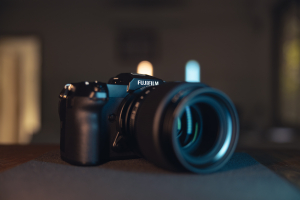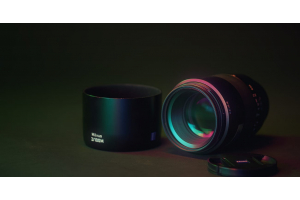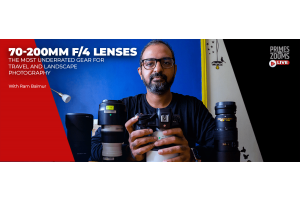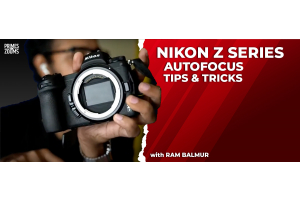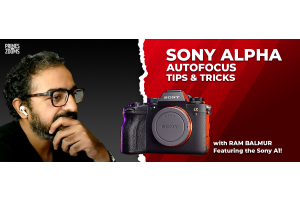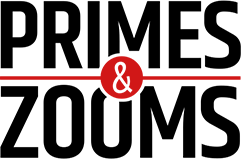Selecting A Beginner’s Kit
Sorry but the selected product is not available in the quantity you requested. Please enter your contact details below to see if we can accomodate your request
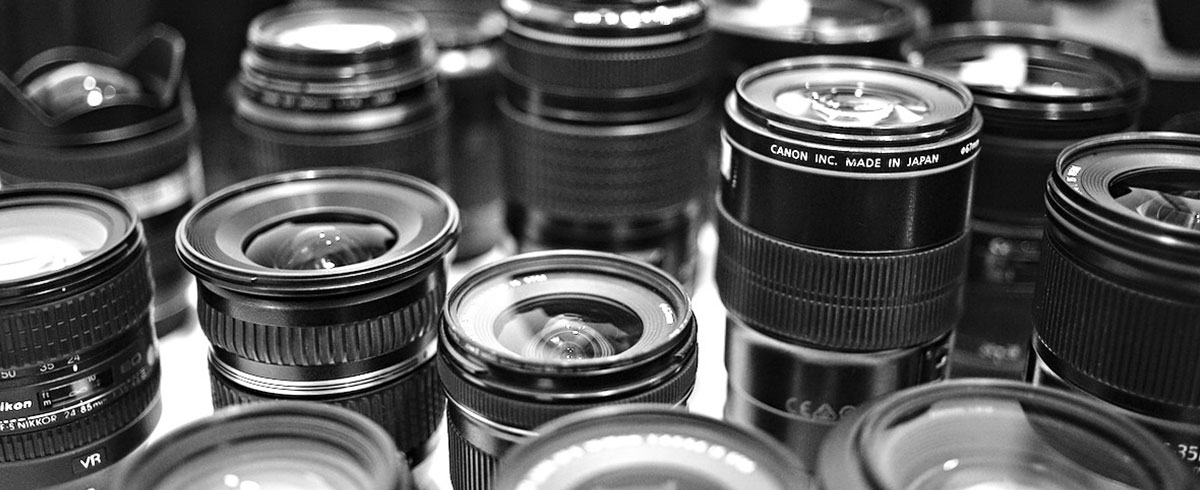
If you are new to photography or just migrating from a cellphone or compact camera to a DSLR camera, these pointers can help you select the right kit for starting out:
The Budget:
Photography is an extremely expensive hobby and there really is no end to the amount of money you can spend on gear and still wish for something better! This makes it very important to set a budget for yourself so that you do not get carried away. As of 2019, a good starter budget should be in the range of Rs 35,000 – Rs 60,000 for a camera body and one or two lenses. It is best not to buy too much equipment before you get a good idea of what you will be shooting. We strongly recommend that you rent from Primes & Zooms (P&Z) and try the equipment before buying it.
The Camera System:
The first question you will be faced with is which body to buy. However, it makes sense to take a step back and think of which system you want to adopt. Much like the choice between Android, Windows and iOS, different camera systems have different lens options, features and ergonomics so it is worth thinking about which one is right for you. Currently Canon, Nikon, Sony, Fujifilm, Olympus and Panasonic are the major camera systems in the market. You should remember that camera systems usually are not compatible with each other. For the purpose of this blog, you can equate camera system with camera brand. If you are confused (and you are likely to be if you try to decide based on reviews on the internet), you can simply rent the system you are considering and see if it works for you or talk to a P&Z representative for recommendations.
The Body:
At the time of writing, basic DSLR bodies are available from Canon (EOS 1500D, EOS 3000D, EOS200D) and Nikon (D3400, D5600). These bodies will cost under Rs 50,000 and should be sufficient for all kinds of general photography. Other manufacturers such as Fujifilm, Panasonic and Olympus also offer mirrorless camera bodies close to this price range. Most bodies offer all essential features and you must decide which of the differentiators matter to you. However, at this point in your photography, I recommend that you buy the body that you find most comfortable to hold and use. Also, remember to purchase a spare battery along with your body.
The Lenses:
The lens is an important part of your photography kit – the body by itself can do nothing. For starters, the 18-55mm lens is a good wide-angle option that can be useful for landscapes, vacations and all kinds of casual photography. Most camera systems have an 18-55mm lens and this will usually be bundled along with the camera body. If you can buy only one lens then this is that lens. If you have some budget left over for a second lens, you can consider either of a 55-250mm, 55-200mm, 70-300mm lens. These are often bundled as a second kit lens with the body in dual lens combos. These lenses are important if you plan to shoot any kind of wildlife, birds or other long shots. These are also good portrait lenses. If you will not be shooting any wildlife or birds you can also consider buying a 50mm f/1.8 lens. This lens is most photographers’ first prime lens and is an excellent option for shooting portraits, especially in low light. This is the lens that shows you the true potential of a DSLR! Do remember that lenses from one camera system are not normally compatible with any other system, sometimes not even with the help of mount adapters. You do not need to spend all your money on lenses in one go, you can always rent additional lenses until you are ready to buy them.
Storage:
Most cameras these days use SD cards and you should purchase a couple of them (SD cards are easily damaged), preferably 32GB but 16GB will work just as well for photos. If you plan to shoot videos, 64GB is recommended and you must make sure the card you are buying will suffice for shooting in all the resolutions that your body supports. The complimentary card that comes with the body may not be suitable for video. If you are buying higher-end bodies such as the Canon 7D Mark II or the Nikon D500, you should check what card slots the body has before buying cards. Do not buy cheap cards because the money you save is not worth the heartache of losing a trip’s worth of photos and videos.
Accessories:
If you have the budget, it is a good idea to plan for accessories such as tripods, flashguns and filters, depending on what you expect to shoot. If you will be shooting a lot of landscapes and nightscapes, a tripod is a big help. Flashguns are good for portraits and product photography. Filters are useful in landscape photography, particularly if you want to take long exposures.
In conclusion, a significant amount of thought needs to go into two things: the budget and the camera system. Most other things will fall in place once you have these sorted out. If you have any questions, you are always free to write to me at abhijit at primesandzooms dot com or speak to anybody in our team at +91 87 67 47 7102.
-Abhijit Mutha,,
Founder, Primes & Zooms




